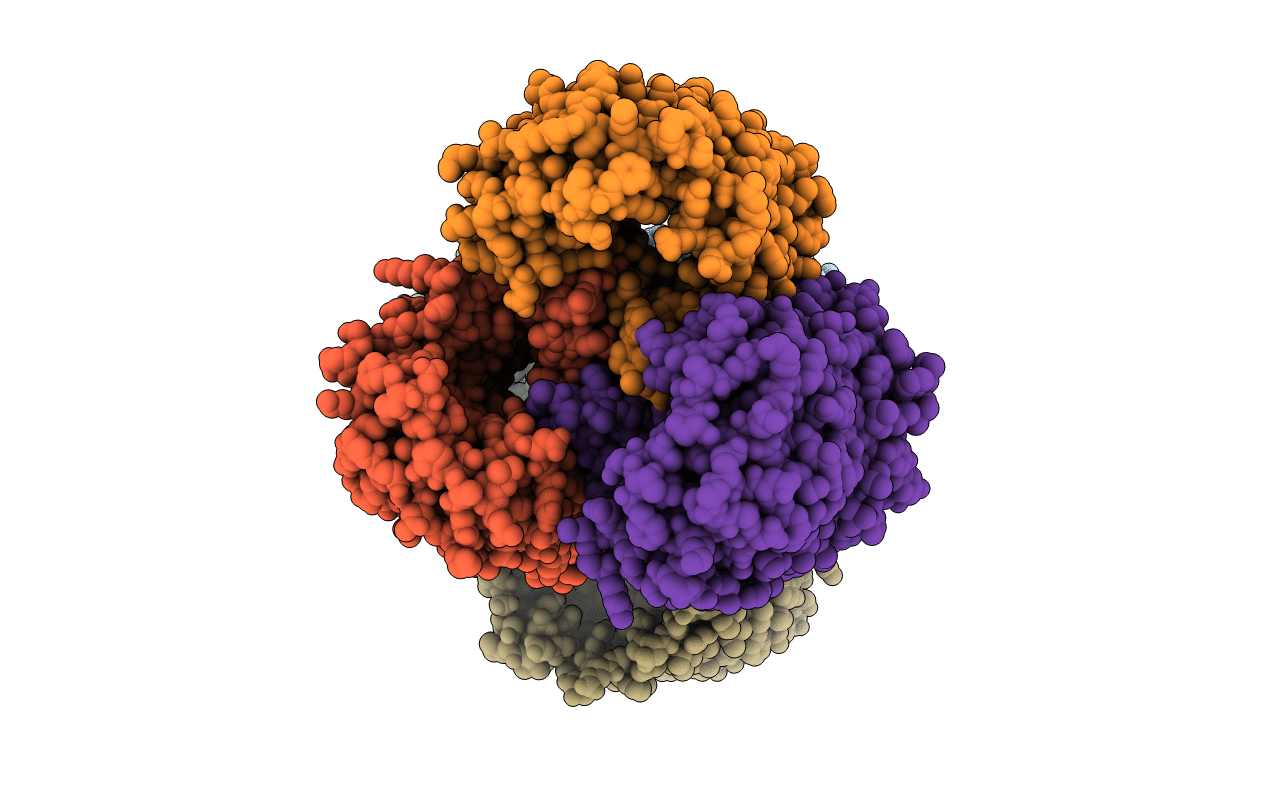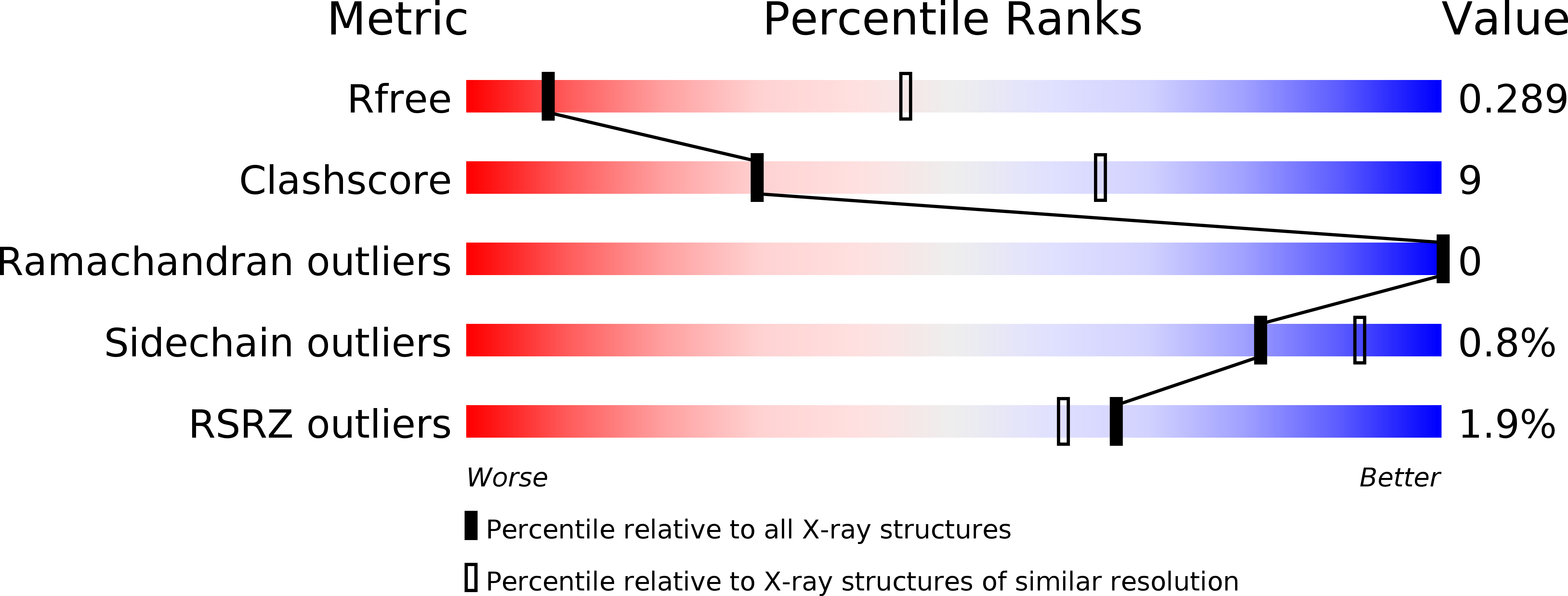
Deposition Date
2014-11-07
Release Date
2015-12-16
Last Version Date
2023-12-20
Method Details:
Experimental Method:
Resolution:
3.50 Å
R-Value Free:
0.28
R-Value Work:
0.22
R-Value Observed:
0.23
Space Group:
I 1 2 1


